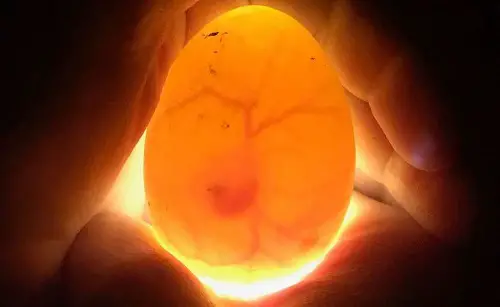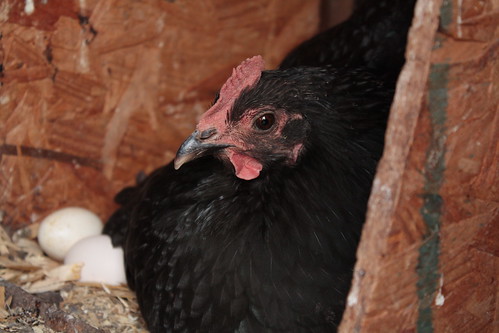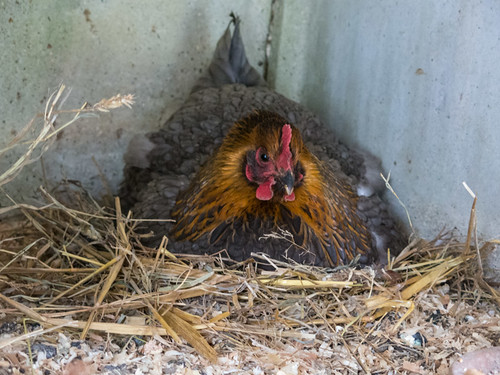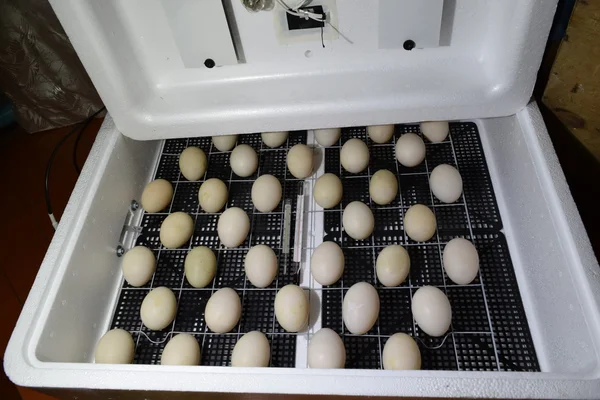Table of Contents
The Egg Fertilization Process
If you are interested in incubating and hatching eggs, then a rudimentary understanding of the fertilization process will, no doubt, be beneficial. The whole fertilization process begins with the production of an oocyte, otherwise known as a yolk, which is formed in the hen’s ovary during ovulation. The yolk then travels down the oviduct where it is fertilized. From that point, the process becomes somewhat more complicated if not complex.
How the Egg is Formed
At this juncture, the yolk is covered with the vitelline membrane and egg white (made up of layers of albumin) in the part of the oviduct known as the magnus. From there, the egg rotates through the oviduct’s spiral tube, with the movement creating fibers known as chalazae, or strands that bolster the yolk in the white. Two chalazae support the yolk – one at the top of the egg and the other at the bottom. At the end of the oviduct, the eggshell, made of calcite, forms around the egg. The process takes 24 hours before the egg is laid.
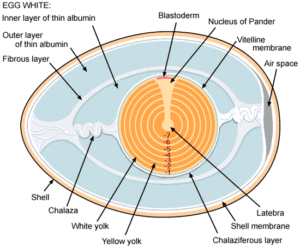
Chicken Incubation Period
The yolk, or the yellow center of the egg, will contain the embryo as well as the food to support the embryo’s development. A fertilized blastodisc, called a blastoderm, grows inside the egg and becomes the embryo. Any waste products are emitted in a sack that is referred to as an allantois. The exchange of gases, or carbon dioxide and oxygen, take place through the shell of the egg. The normal incubation period for chicken eggs is three weeks or 21 days.
Hens can Continue to Produce Eggs for as Long as Seven Days
For eggs to be fertilized, the hen must mate with a rooster as she still can lay eggs without a rooster present. So, if the hen has not mated, she’ll still lay eggs although the eggs would be non-fertile. If the hen only mates one time, she’ll continue to lay fertilized eggs for up to a week or seven days.
Candling the Eggs to Check for Fertilization
To distinguish between fertilized or hatching eggs and the unfertilized kind, you have to candle the eggs or hold them up for inspection in front of a bright light or candle. If the egg is fertile, you’ll see fine red lines – all which are the blood vessels connected to the embryo which is noted by a dark red spot). Fertile eggs or hatchable eggs are generally opaque in appearance. However, if the egg features a large air space, then it’s usually an indication that the embryo inside has died. The air space will increase as the embryo disintegrates.
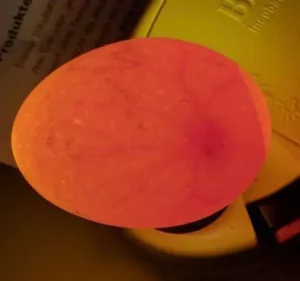
A Sign that the Egg is not Fertile and Should be Removed from the Incubator
In some cases, some eggs will look clear – a sign that the egg is not fertile with no life form inside. Therefore, if you are sure that an egg can no longer be hatched, remove it at once to avoid any contamination to the other eggs.

